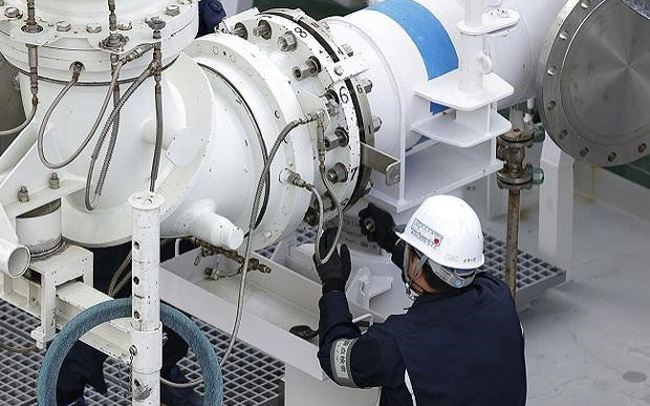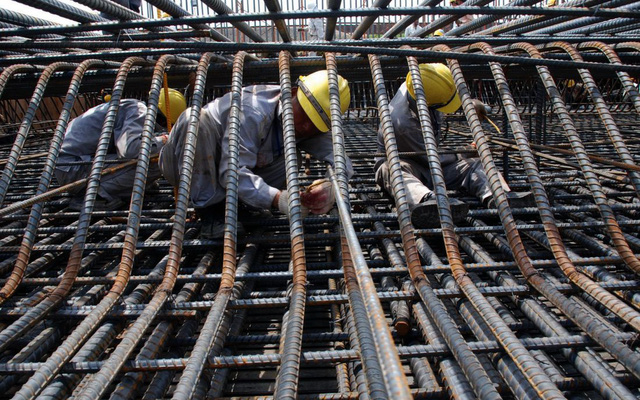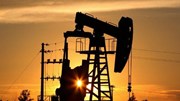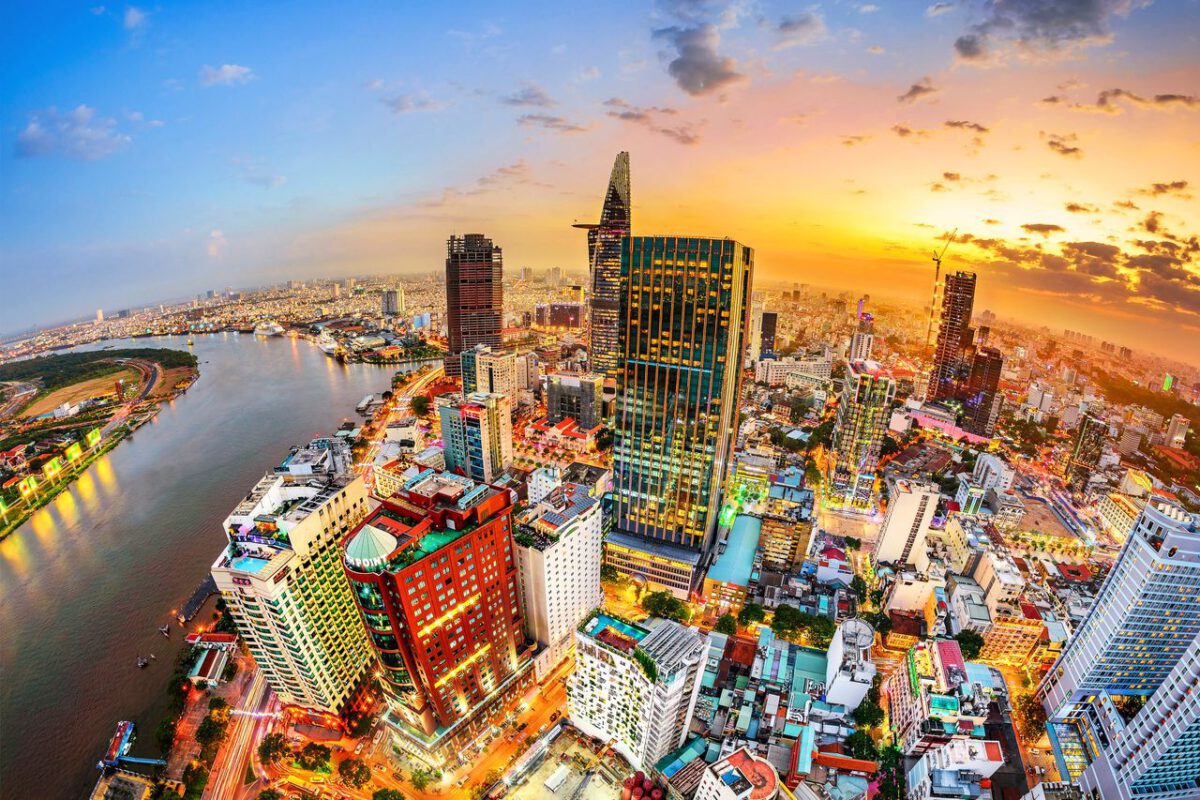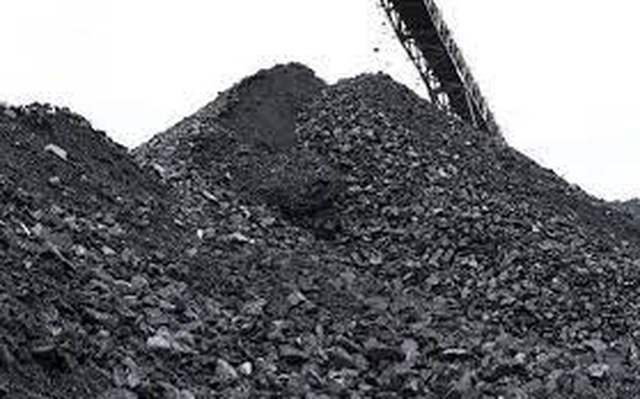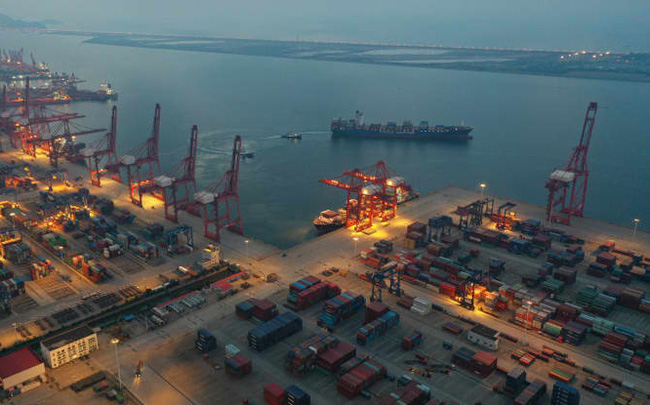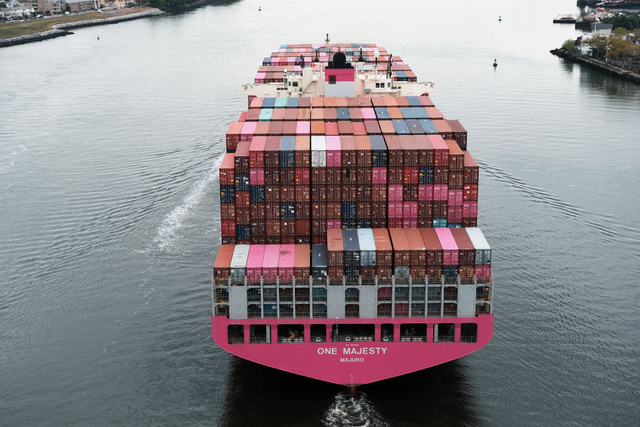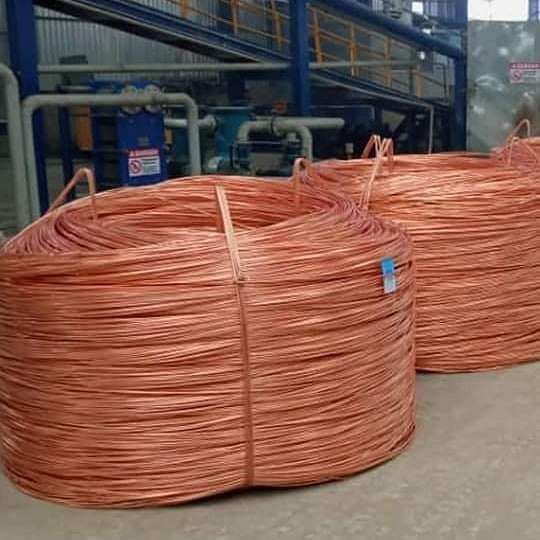Due to many reasons, especially the influence of the Russian-Ukrainian war, the prices of fertilizers and steel have increased continuously recently. It is forecasted that the prices of these items have not shown any signs of “cooling down” in the short term.
According to the Plant Protection Department (Ministry of Agriculture and Rural Development), over the past time, the world fertilizer market has been heavily affected by the prolonged Covid-19 epidemic, causing supply shortages and supply chain disruptions. aggravated by the Russian-Ukrainian war that broke out on February 24, 2022.
A series of sanctions by the US and EU targeting Russia have strongly affected the world fertilizer market in terms of supply decline and price increase. Immediately after the Russia-Ukraine conflict occurred on February 24, 2022, world fertilizer prices immediately increased by 8-12% compared to the previous time on February 23, 2022.
“The domestic fertilizer market is also affected in terms of supply and price. The import of fertilizers from Russia faces many difficulties, especially for potash fertilizers because both Russia and Belarus account for nearly 50% of the world’s potassium supply,” said a representative of the Plant Protection Department.
In the domestic market, the current price of urea is 18,000 VND/kg; DAP fertilizer at 18,500-19,000 VND/kg; NPK fertilizer at 16,000-16,500 VND/kg… Thus, compared to February 2022, fertilizer prices have increased by 5-8%. There are fertilizers that fluctuate in price on a weekly basis.
According to the Plant Protection Department, fertilizer prices are at the highest level in the past 50 years due to fluctuations in world prices.
Mr. Phung Ha, Vice President and General Secretary of the Vietnam Fertilizer Association added that domestic fertilizer prices increased sharply mainly due to the impact of the world fertilizer market; In which, the increase in oil price leads to an increase in the price of raw materials for fertilizer production.
Notably, Russia and China-2 countries that account for a large amount of fertilizer exports globally have decided to limit the export of chemical fertilizers to prevent shortages in the domestic market and lead to price increases.
Specifically, China has controlled the export of 29 types of exported fertilizers since October 15, 2021. Meanwhile, on November 17, 2021, Russia restricted the export of nitrogenous fertilizers and nitrogen-containing synthetic fertilizers for six months to try to contain price increases amid soaring gas prices.
The export quota for nitrogenous fertilizers is expected to be 5.9 million tons; The quota for nitrogenous fertilizers is at 5.35 million tons. The quota is expected to be applied from December 1, 2021 to May 31, 2022.
It is forecasted that in the near future, fertilizer imports will continue to be greatly affected by the negative impacts of the Russia-Ukraine war. In this context, domestic fertilizer manufacturers both have the opportunity and responsibility to bring into full play their production capacity, meet the needs of the domestic market, and help reduce costs.
To “reduce” fertilizer prices, Mr. Vu Duy Hai, General Director of Vinacam Group Joint Stock Company, said that the Government needs to apply urgent measures to temporarily stop exporting fertilizers. This solution is feasible when currently nearly 100% of the export fertilizer market share is in the hands of state-owned enterprises.
Similar to fertilizers, steel is also a commodity that has been continuously “dancing” recently.
In the North, with Hoa Phat steel, coil price is being sold at agents at 20.3 million VND/ton; rebar 22.2 million VND/ton. Meanwhile, Viet Duc steel coil is sold at nearly 20 million VND/ton; rebar 19.8 million VND/ton. This price does not include value added tax (VAT).
Around the issue of rising steel prices, Mr. Nguyen Van Sua, a steel industry expert, explained that the prices of steel materials such as coal, iron ore, scrap steel, etc. have all increased sharply. Along with that, the demand for construction and domestic projects have returned to operation, leading to an increase in steel consumption.
“In addition, it is impossible not to mention the tension factor in Russia – Ukraine as a factor pushing steel prices to spike more,” said Mr. Nguyen Van Sua.
With the current developments, this expert predicts, it will be difficult for domestic steel prices to “cool down” quickly, on the contrary, it may continue to increase or stay at a high price of over 20 million VND/ton for a while longer. From time to time, until supply uncertainties, logistics costs in the world are more stable.
“Russia is a big export market for commodities such as oil, gas, steel… but this market has problems causing a shortage of supply, so it is difficult to say in advance about commodity prices in the future”, Mr. Sua emphasized. .
T&G International Joint Stock Company
Address: 352 Hue Street, Le Dai Hanh Ward, Hai Ba Trung District, Hanoi
Hotline: 0345786803
Email: hrm@tginterjsc.com
Website: http://tginternationaljsc.com



